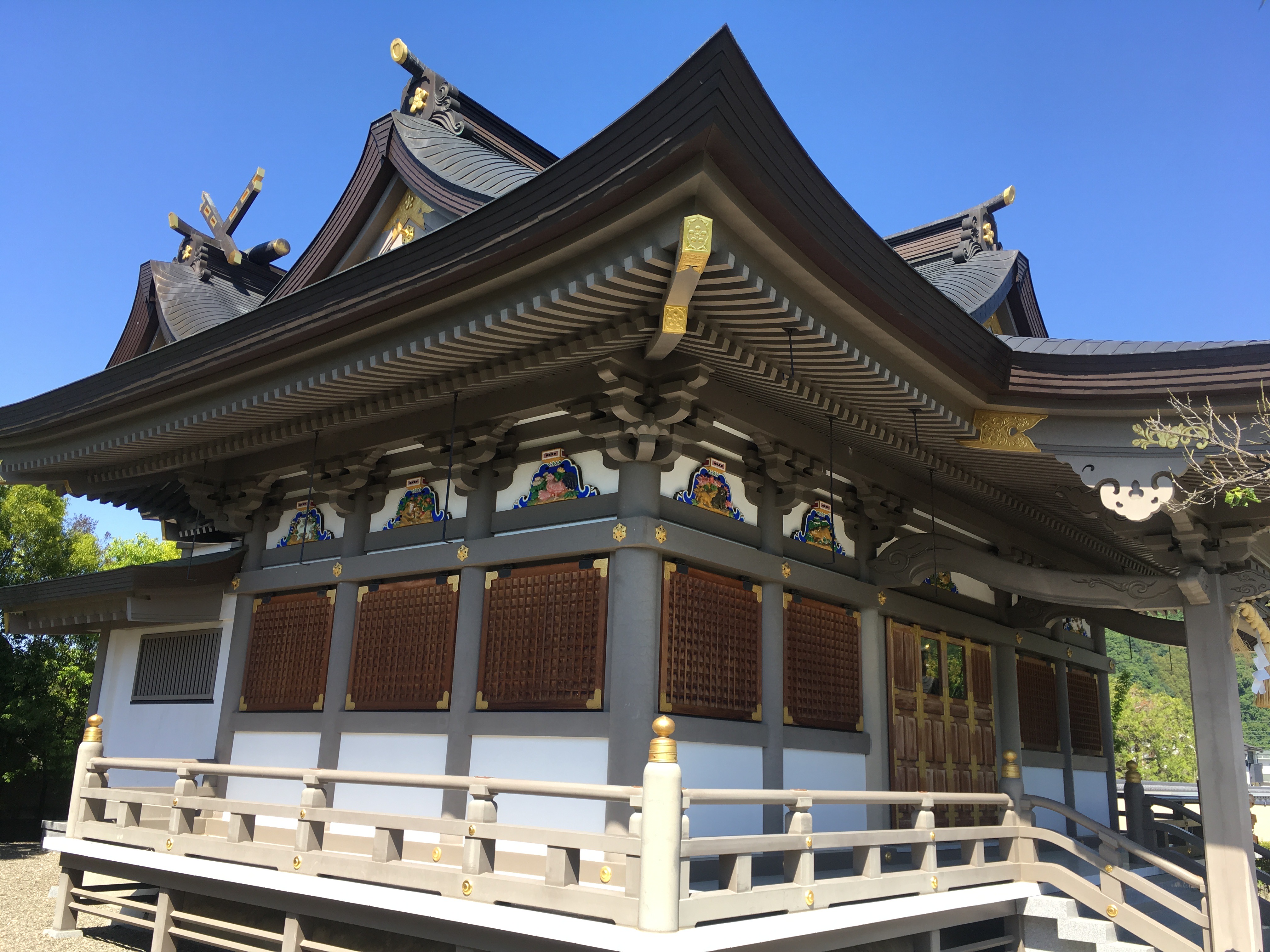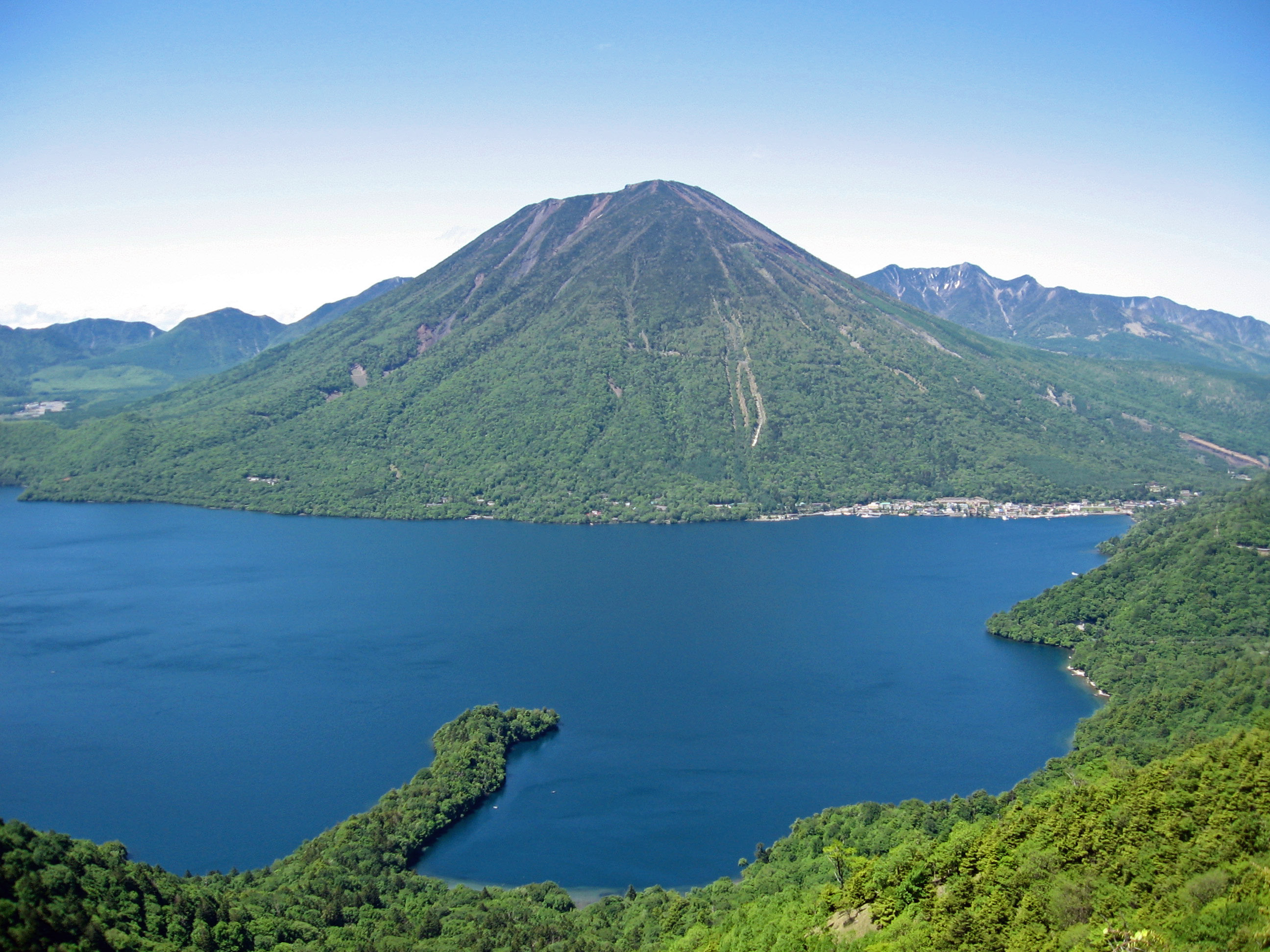|
Tenmangū
is a Shinto shrine which enshrines Sugawara no Michizane as Tenjin (kami), Tenjin. There are about 14,000 such shrines in Japan; famous examples include: * Dazaifu Tenmangū (Dazaifu, Fukuoka) -- One of the Sōhonsha (head shrines) of Tenman-gū * Kitano Tenmangū (Kamigyo, Kyoto) -- Another Sōhonsha of Tenman-gū * Nagaoka Tenmangū (Nagaokakyo, Kyoto) * Misode Tenmangū (Onomichi, Hiroshima) * Osaka Tenmangū (Kita-ku, Osaka) * Hōfu Tenmangū (Hofu, Yamaguchi) * Yabo Tenmangū (Kunitachi, Tokyo) * Yamada Tenmangū, Nagoya * Yushima Tenmangū (Bunkyo, Tokyo) * Kameido Tenjin Shrine (Koto, Tokyo) Dazaifu Tenman-gū and Kitano Tenmangū are often grouped together with another of these shrines and called the "Three Great Tenjin Shrines", but there is no generally accepted criterion for the selection of a third shrine. References {{DEFAULTSORT:Tenmangū Shinto shrines in Japan Tenjin faith ... [...More Info...] [...Related Items...] OR: [Wikipedia] [Google] [Baidu] |
Kitano Tenmangū
is a Shinto shrine in Kamigyō-ku, Kyoto, Japan. History The shrine was first built in 947 to appease the angry spirit of bureaucrat, scholar and poet Sugawara no Michizane, who had been exiled as a result of political maneuvers of his enemies in the Fujiwara clan. The shrine became the object of Imperial patronage during the early Heian period. In 965, Emperor Murakami ordered that Imperial messengers be sent to report important events to the guardian ''kami'' of Japan. These messengers initially presented gifts called ' to 16 shrines; and in 991, Emperor Ichijō added three more shrines to Murakami's list — including Kitano.Ponsonby-Fane, ''Studies in Shrines,'' p. 118. From 1871 through 1946, the Kitano Tenman-gū was officially designated one of the , meaning that it stood in the second rank of government supported shrines. Tenjin The shrine was dedicated to Michizane; and in 986, the scholar-bureaucrat was deified and the title of " Tenjin" was conferred. The ... [...More Info...] [...Related Items...] OR: [Wikipedia] [Google] [Baidu] |
Osaka Tenmangū
The is a Shinto shrine and one of Tenmangū founded in AD 949 in Osaka. The Tenjin Festival is held here annually from 24 July to 25 July. Nearest stations *Ōsakatemmangū Station on the West Japan Railway Company (JR West) JR Tōzai Line *Minami-morimachi Station on the two lines of Osaka Municipal Subway The is a major rapid transit system in the Osaka Metropolitan Area of Japan, operated by the Osaka Metro Company, Ltd. It serves the city of Osaka and the adjacent municipalities of Higashiosaka, Kadoma, Moriguchi, Sakai, Suita, and Yao. Os .... Beppyo shrines References Osaka Convention & Tourism Bureau - Osaka Temmangu Shrine Sugawara no Michizane Kita-ku, Osaka Shinto shrines in Osaka 10th-century establishments in Japan Religious buildings and structures completed in 949 {{japan-religious-struct-stub Tenjin faith ... [...More Info...] [...Related Items...] OR: [Wikipedia] [Google] [Baidu] |
Yabo Tenmangū
is a Shinto shrine in Kunitachi, Tokyo, Japan. History Located next to the Kōshū Kaidō highway, Yabo Tenman-gū claims to be the oldest Shinto shrine in the Kantō region The is a geographical area of Honshu, the largest island of Japan. In a common definition, the region includes the Greater Tokyo Area and encompasses seven prefectures: Gunma, Tochigi, Ibaraki, Saitama, Tokyo, Chiba and Kanagawa. Slight ... dedicated to Tenjin, the deified Sugawara no Michizane, having been built in 903 AD by Michizane's third son. See also * Yushima Tenman-gū References External links Yabo Tenman-gū* 903 establishments Shinto shrines in Tokyo Kunitachi, Tokyo 10th-century establishments in Japan Sugawara no Michizane Tenjin faith {{Japan-religious-struct-stub ... [...More Info...] [...Related Items...] OR: [Wikipedia] [Google] [Baidu] |
Sugawara No Michizane
was a scholar, poet, and politician of the Heian Period of Japan. He is regarded as an excellent poet, particularly in Kanshi poetry, and is today revered in Shinto as the god of learning, . In the poem anthology ''Hyakunin Isshu'', he is known as , and in kabuki drama he is known as . Biography He was born into a family of scholars, who bore the hereditary title of which predated the Ritsuryō System and its ranking of members of the Court. His grandfather, Sugawara no Kiyotomo, served the court, teaching history in the national school for future bureaucrats and even attained the third rank. His father, Sugawara no Koreyoshi, began a private school in his mansion and taught students who prepared for the entrance examination to the national school or who had ambitions to be officers of the court, including his own son Michizane. Michizane passed the entrance examination, and entered Daigaku, as the national academy was called at the time. After graduation he began his career ... [...More Info...] [...Related Items...] OR: [Wikipedia] [Google] [Baidu] |
Dazaifu, Fukuoka
is a city located in Fukuoka Prefecture, Japan, part of the greater Fukuoka metropolitan area.Nussbaum, Louis-Frédéric. (2005). "Dazaifu" in . Nearby cities include Ōnojō and Chikushino. Although mostly mountainous, it does have arable land used for paddy fields and market gardening. As of October 2018, the city has an estimated population of 72,231 with 29,355 households and a population density of 2,440 persons per km². The total area is 29.58 km². The city was officially founded on April 1, 1982, although it has been important historically for more than a thousand years. It was an administrative capital of Fukuoka at around 663 CE. History Dazaifu was the imperial office governing Kyūshū (corresponding to Tagajō in Tōhoku) after it was moved from present-day Fukuoka City in 663. According to the Taiho Code of 701, an attempt by the Yamato state to exert further control over its territories, Dazaifu was given two principal administrative functions: to supervi ... [...More Info...] [...Related Items...] OR: [Wikipedia] [Google] [Baidu] |
Yushima Tenmangū
is a Shinto shrine located in the Bunkyō ward of Tokyo, Japan. Established in 458, it is now devoted to Tenjin, the kami of Learning. For this reason, it is also called Yushima Tenjin. It is located very close to Ueno Park, and not far from the University of Tokyo. It is frequently sited by prospective students hoping to pass the entrance exams, particularly in April. At this time, the temple receives many offerings of '' ema'', votive tablets to petition the kami for success. One of the most famous features of the shrine are the blossoms of his plum trees (''ume'') in the spring. In February and March, the annual festival ''Ume Matsuri'' is held, attracting many visitors. History ''Yushima Tenman-gū'' was originally established for the worship of , a kami associated with sports and physical power found in Japanese mythology (most famously in the ''Kojiki'' and '' Nihon Shoki''). In February 1355 the shrine was expanded to enshrine the kami as well. ''Tenjin'' is ... [...More Info...] [...Related Items...] OR: [Wikipedia] [Google] [Baidu] |
Hōfu Tenmangū
is a Shinto shrine in Hōfu, Yamaguchi Prefecture, Japan. It is one of the main shrines dedicated to Tenjin, the deified form of Sugawara no Michizane. See also *Modern system of ranked Shinto shrines *Kitano Tenman-gū *Three Great Tenjin Shrines 3 is a number, numeral, and glyph. 3, three, or III may also refer to: * AD 3, the third year of the AD era * 3 BC, the third year before the AD era * March, the third month Books * ''Three of Them'' (Russian: ', literally, "three"), a 1901 n ... References External links Hofu Tenmangu(Official site) Shinto shrines in Yamaguchi Prefecture Important Cultural Properties of Japan 10th-century establishments in Japan Sugawara no Michizane Religious buildings and structures completed in 1958 Hōfu, Yamaguchi Religious buildings and structures completed in 904 10th-century Shinto shrines 20th-century Shinto shrines Tenjin faith Beppyo shrines {{Shinto-stub ... [...More Info...] [...Related Items...] OR: [Wikipedia] [Google] [Baidu] |
Shinto Shrine
A is a structure whose main purpose is to house ("enshrine") one or more ''kami'', the deities of the Shinto religion. Overview Structurally, a Shinto shrine typically comprises several buildings. The '' honden''Also called (本殿, meaning: "main hall") is where a shrine's patron ''kami'' is/are enshrined.Iwanami Japanese dictionary The ''honden'' may be absent in cases where a shrine stands on or near a sacred mountain, tree, or other object which can be worshipped directly or in cases where a shrine possesses either an altar-like structure, called a ''himorogi,'' or an object believed to be capable of attracting spirits, called a ''yorishiro,'' which can also serve as direct bonds to a ''kami''. There may be a and other structures as well. Although only one word ("shrine") is used in English, in Japanese, Shinto shrines may carry any one of many different, non-equivalent names like ''gongen'', ''-gū'', ''jinja'', ''jingū'', ''mori'', ''myōjin'', ''-sha'', ''taisha ... [...More Info...] [...Related Items...] OR: [Wikipedia] [Google] [Baidu] |
Kameido Tenjin Shrine
Kameido Tenjin Shrine is a Japanese Tenman-gu shrine located in Kameido, Koto Ward, Tokyo. The shrine is dedicated to Sugawara no Michizane, a 9th-century Japanese scholar. Description The Kameido shine was built in honor of Sugawara no Michizane, a prominent Japanese politician and scholar. Despite a long and successful career serving multiple Japanese emperors, Michizane was eventually demoted from his position in the imperial court by the political machinations of Fujiwara no Tokihira. Upon Michizane's death several years later, a series of natural disasters struck Japan; some attributed these events to the ghost of Michizane. To placate the departed scholar's spirit, a number of shrines were built (including one in Kyoto, then the imperial capital) in his honor, with many shrines portraying Michizane as a kami; even after the disasters subsided, this tradition of honoring Michizane's skill continued and many more shrines were built in his name.Morris, I. (1975). ''The ... [...More Info...] [...Related Items...] OR: [Wikipedia] [Google] [Baidu] |
Nagoya
is the largest city in the Chūbu region, the fourth-most populous city and third most populous urban area in Japan, with a population of 2.3million in 2020. Located on the Pacific coast in central Honshu, it is the capital and the most populous city of Aichi Prefecture, and is one of Japan's major ports along with those of Tokyo, Osaka, Kobe, Yokohama, and Chiba. It is the principal city of the Chūkyō metropolitan area, which is the third-most populous metropolitan area in Japan with a population of 10.11million in 2020. In 1610, the warlord Tokugawa Ieyasu, a retainer of Oda Nobunaga, moved the capital of Owari Province from Kiyosu to Nagoya. This period saw the renovation of Nagoya Castle. The arrival of the 20th century brought a convergence of economic factors that fueled rapid growth in Nagoya, during the Meiji Restoration, and became a major industrial hub for Japan. The traditional manufactures of timepieces, bicycles, and sewing machines were followed by th ... [...More Info...] [...Related Items...] OR: [Wikipedia] [Google] [Baidu] |




